NARRATIVE

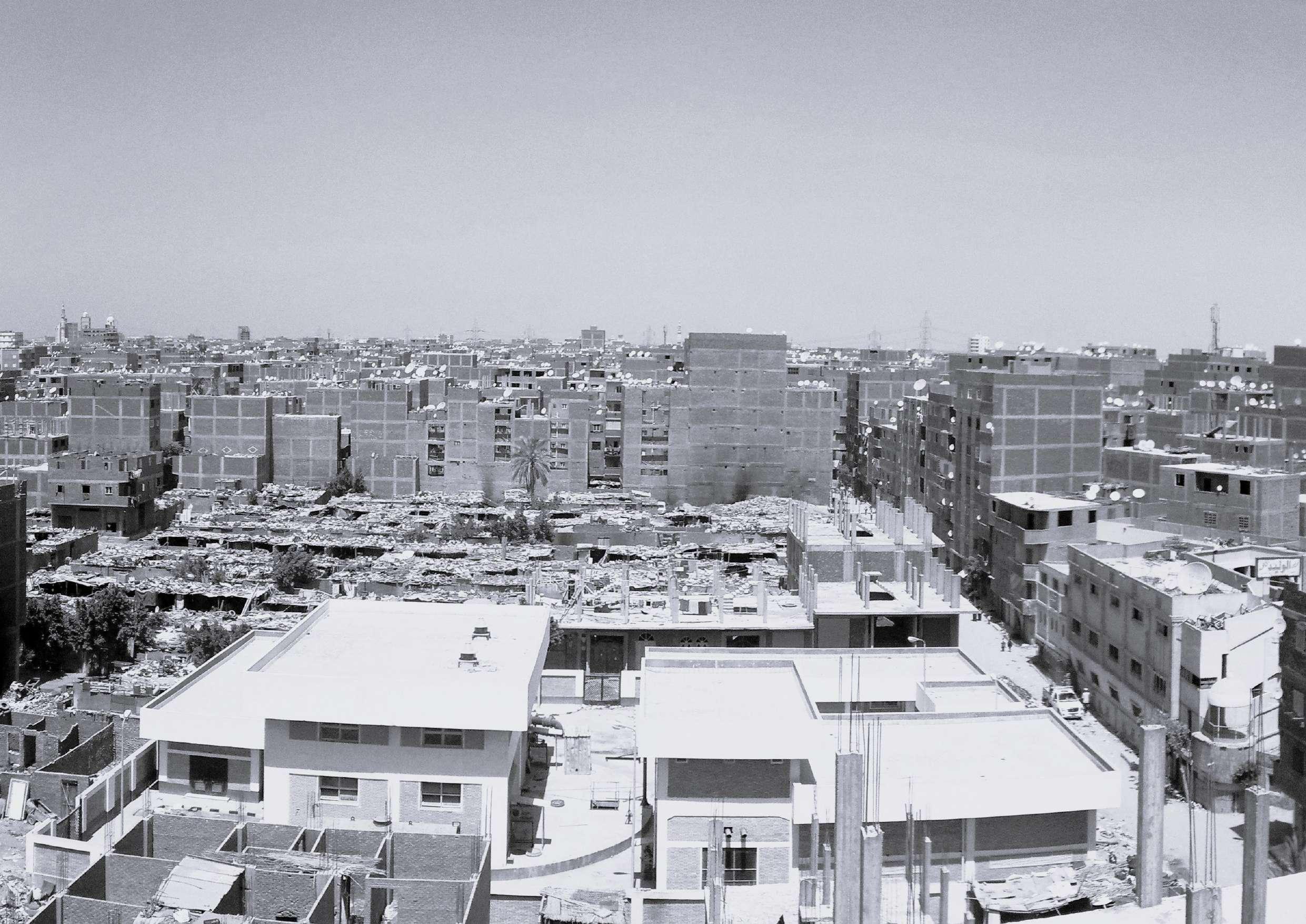
INFORMAL SETTLEMENT
SELECTIVE PRESERVATION
WHAT IS WORTH PERSERVING?
The preservation of cultural heritage requires a shift from conventional approaches that prioritize iconic structures to strategies that value the ordinary and everyday.
In some cases, insignificant buildings are meaningful to the individuals that live there or visit them. The issue lies with the government’s way of defining what is significant and then deciding to demolish whatever isn’t, often privileging the iconic when left to their own devices. There has been some progress in broadening conventional interpretations of preservation values through UNESCO.
Applying a strategy, such as creating a single insertion that aggregates to have a larger impact on the neighborhood is particularly fascinating, as it becomes part of a transformative initiative that imagines an incremental evolution of the neighborhood over time. This aligns with UNESCO’s efforts to broaden the scope of preservation.
This perspective values the ordinary, the vernacular, and the everyday conditions within which the majority experience life, making the practices of daily life something worth preserving.


ARCHIAM
HERITAGE PRESERVATION EXPERTS
ARCHIAM (Architectural and Cultural Heritage of the Islamic World) is a research center dedicated to studying, documenting, and preserving the architectural and cultural heritage of Islamic societies. With a focus on endangered sites across the Middle East, North Africa, and Central and South Asia, ARCHIAM integrates interdisciplinary approaches from architecture, anthropology, and archaeology to explore sustainable practices and traditional knowledge systems. Through fieldwork, academic research, and community collaboration, it seeks to safeguard heritage while promoting its relevance in contemporary urban and cultural contexts.

PROPOSED SITE

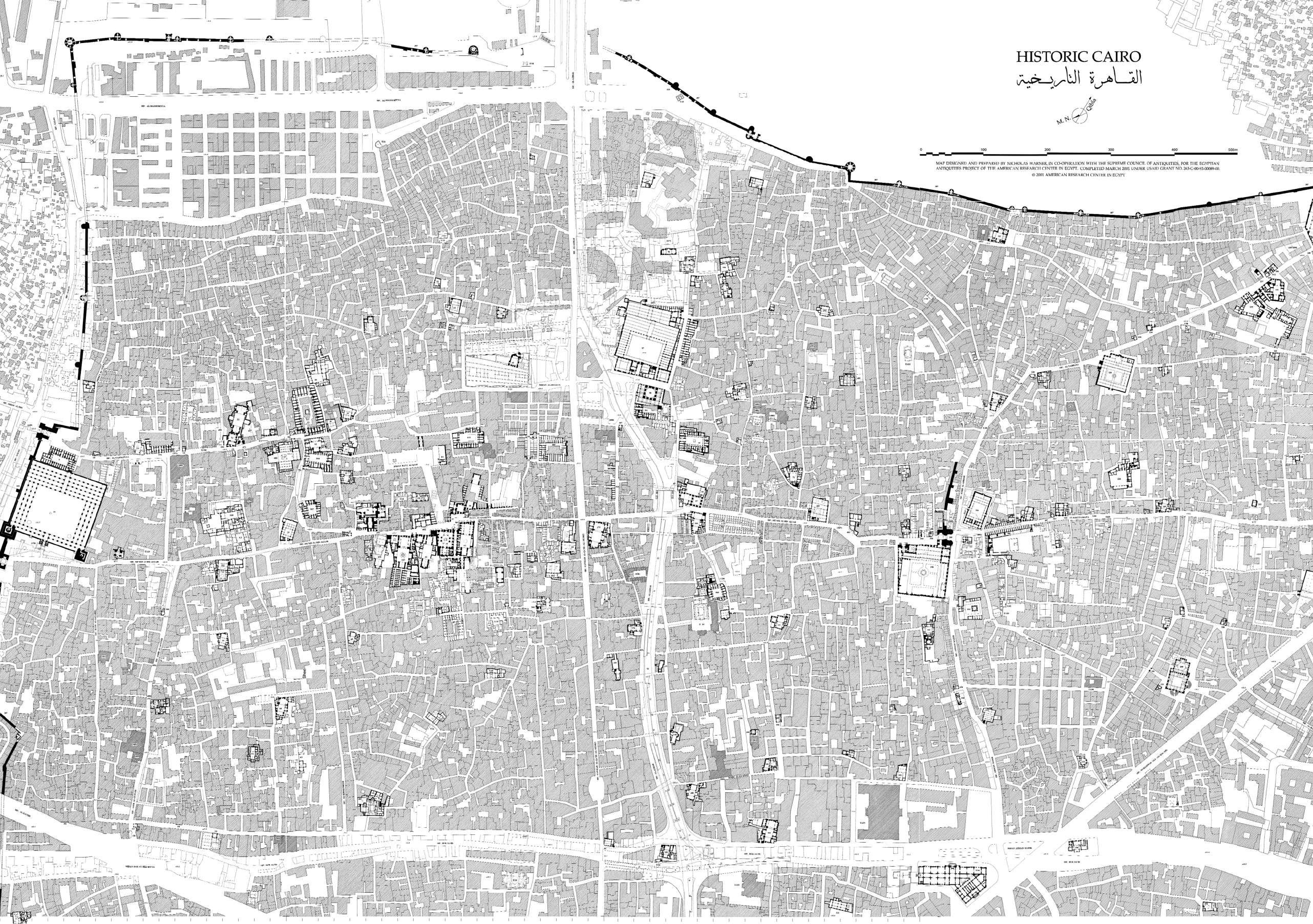
LOCATION
CAIRO, EGYPT
Region: Khan El Khalili
Street: Beet Al Qadi
Historical Building Name: Maqaad Mamai
Khan el-Khalili is a historic bazaar in Cairo dating back to the 14th century, is a vibrant hub of Islamic and medieval architecture, traditional crafts, and cultural heritage. Established during the Mamluk era, it offers a lively atmosphere with narrow alleys, artisan workshops, and bustling markets filled with jewelry, spices, textiles, and antiques. Home to iconic cafés like El Fishawy and near landmarks such as Al-Azhar Mosque, it is a living testament to Cairo›s rich history and traditions.
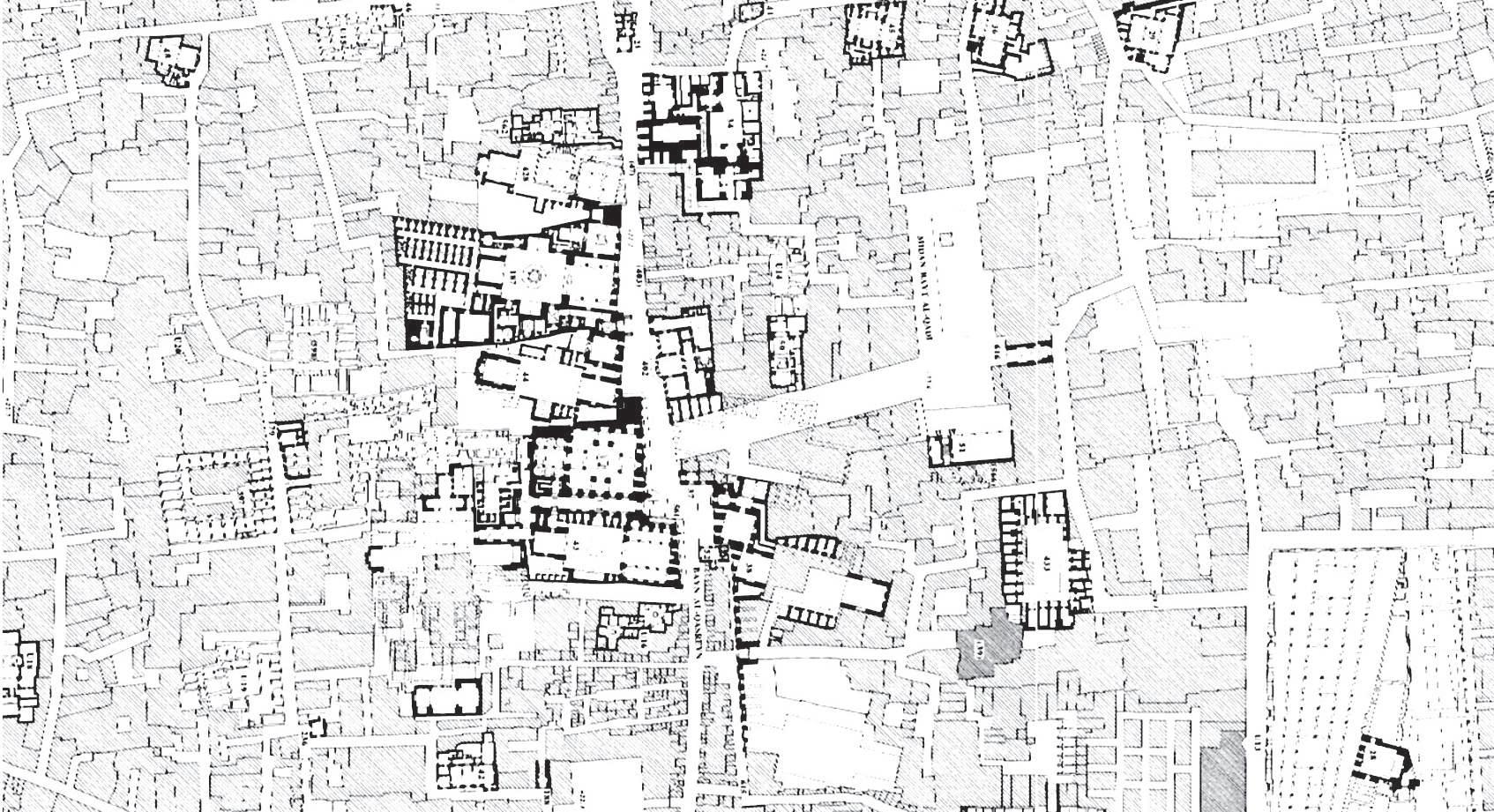

SITE CONTEXT AND CONDITIONS
SURROUNDING CONTEXT

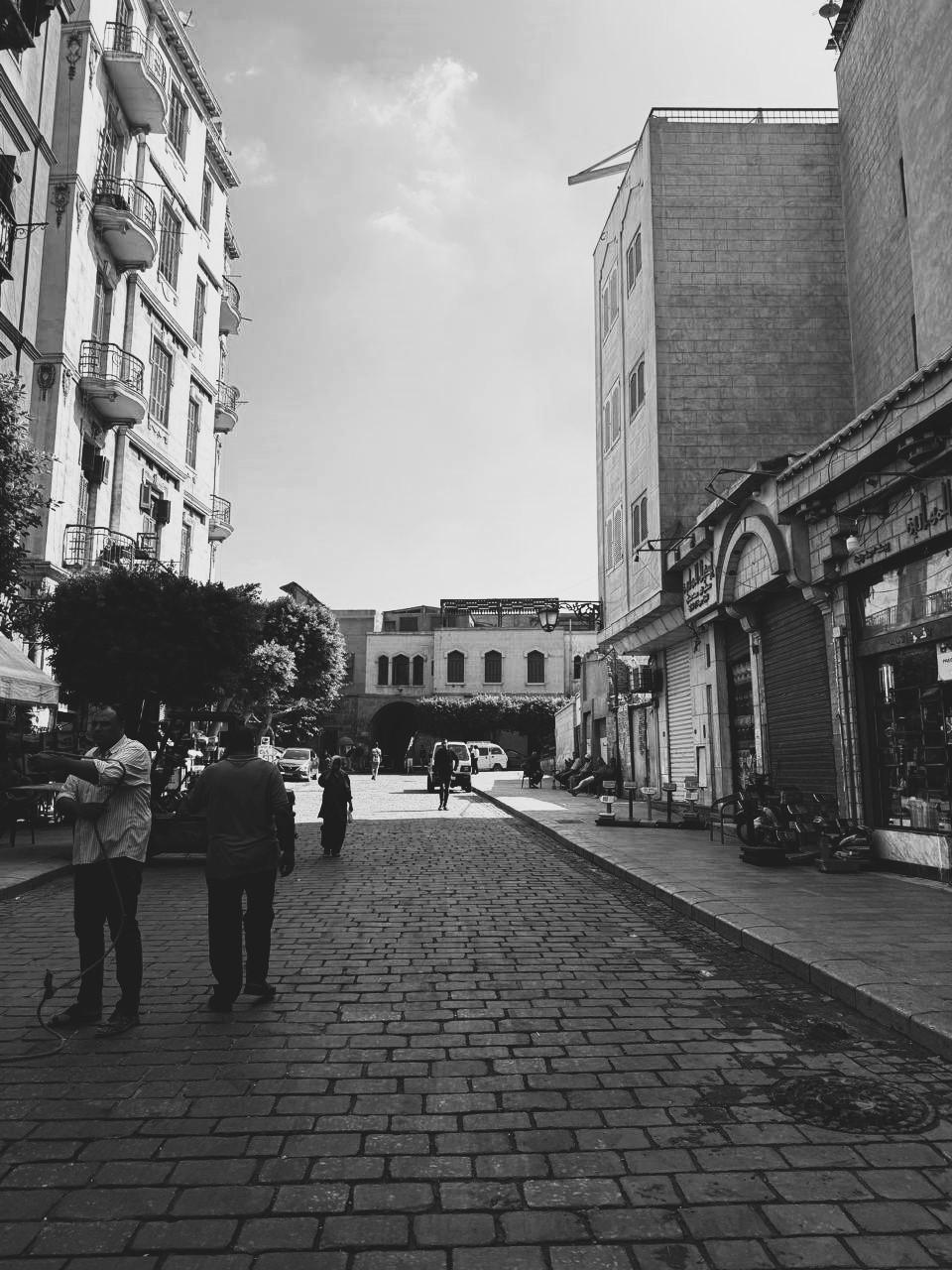



EXTISTING SITE CONDITIONS

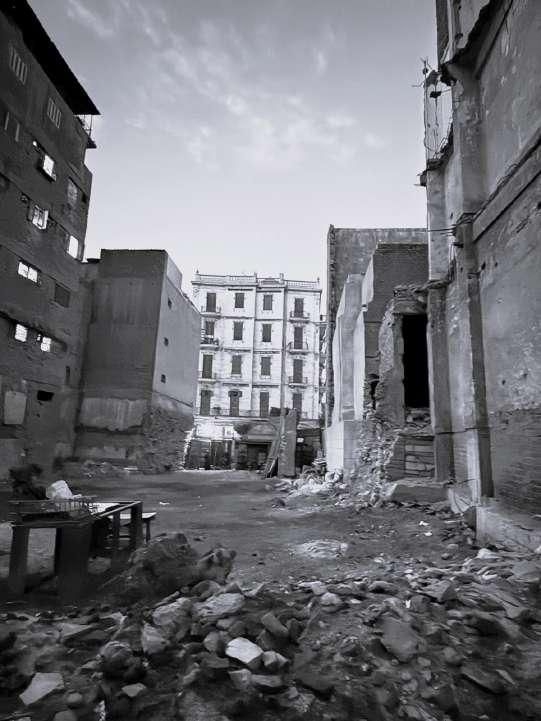


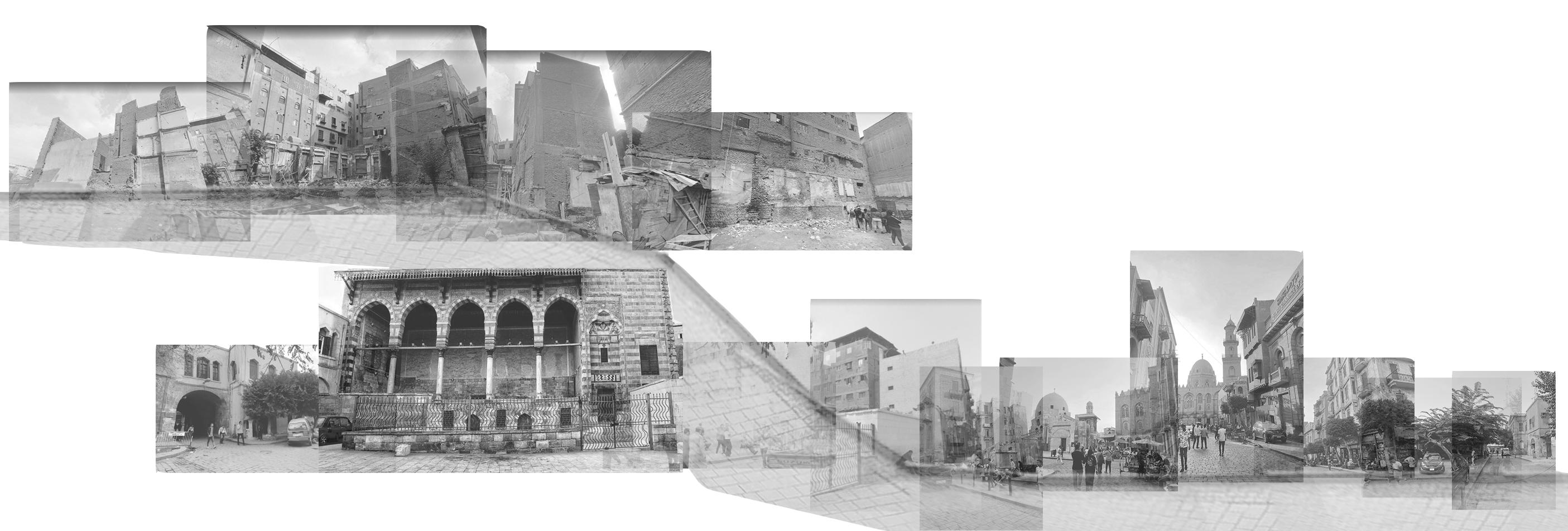




CONNECTION TO SURROUNDING SITE BOUNDARY
SITE PLAN
BOUNDARY

DESIGN CONCEPT AND PROGRAM
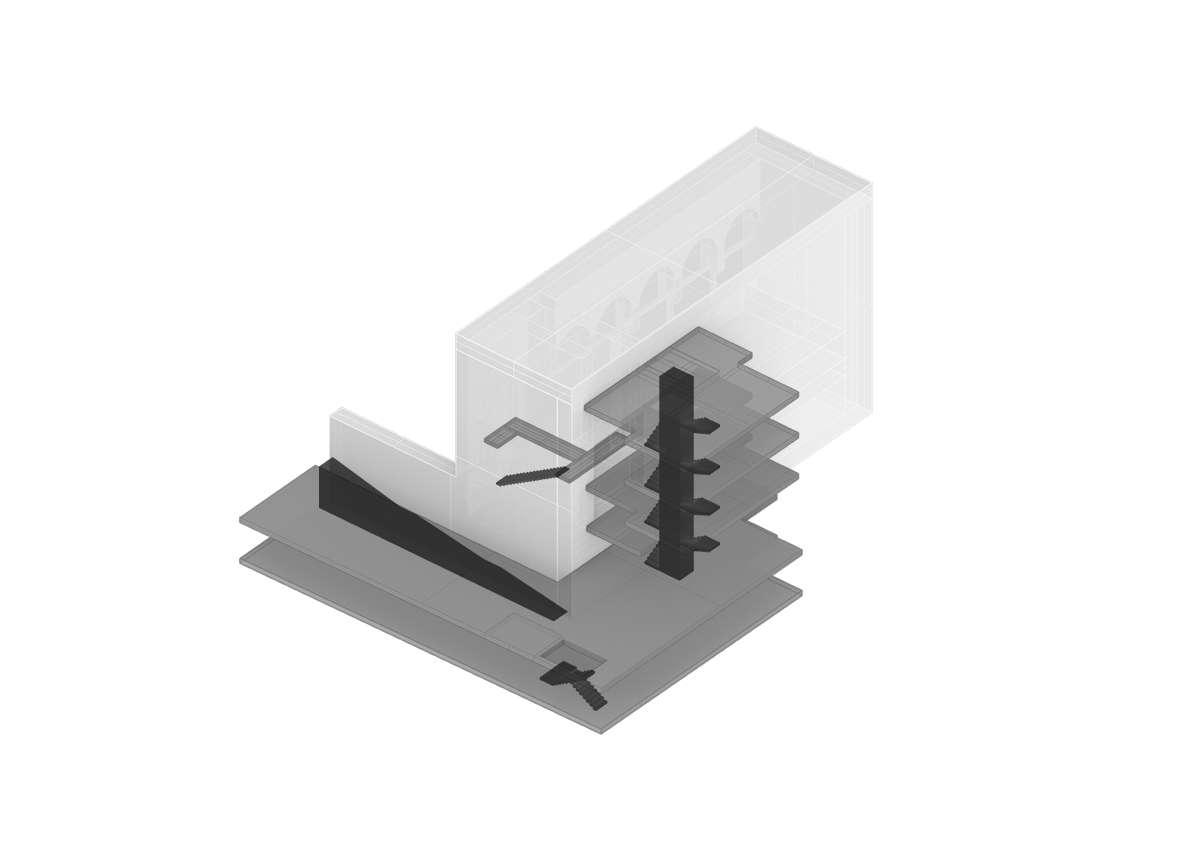
CONCEALMENT
DIFFERENT DEGREES OF VISIBILITY

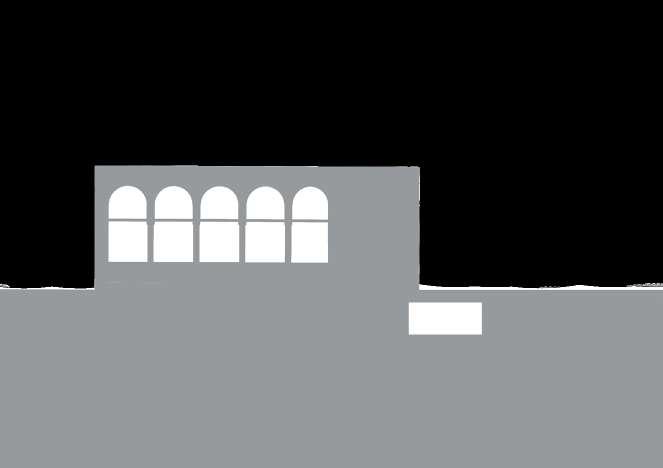
HIDDEN

CAMOUFLAGED


CIRCULATION
ATTACHMENT BEHIND HISTORICAL BUILDING THAT ACTS LIKE A VESTIBULE CONNECTING ALL THREE VOLUMES
PROGRAMS

PRIVATE
HISTORICAL BUILDING
VERTICAL CIRCULATION
PUBLIC SERVICE ZONES
ARCHIVES
ADMINISTRATION OFFICES
RESEARCH CENTER
LIBRARY SPACE
PRINTING LABS
COMMON SPACE
ACCESS TO HISTORICALBUILDING
LOBBY
COMMON SPACE
GIFT SHOP
EXHIBITION
LECTURE ROOMS
WORKSHOP
MULTIFUNCTION SPACE
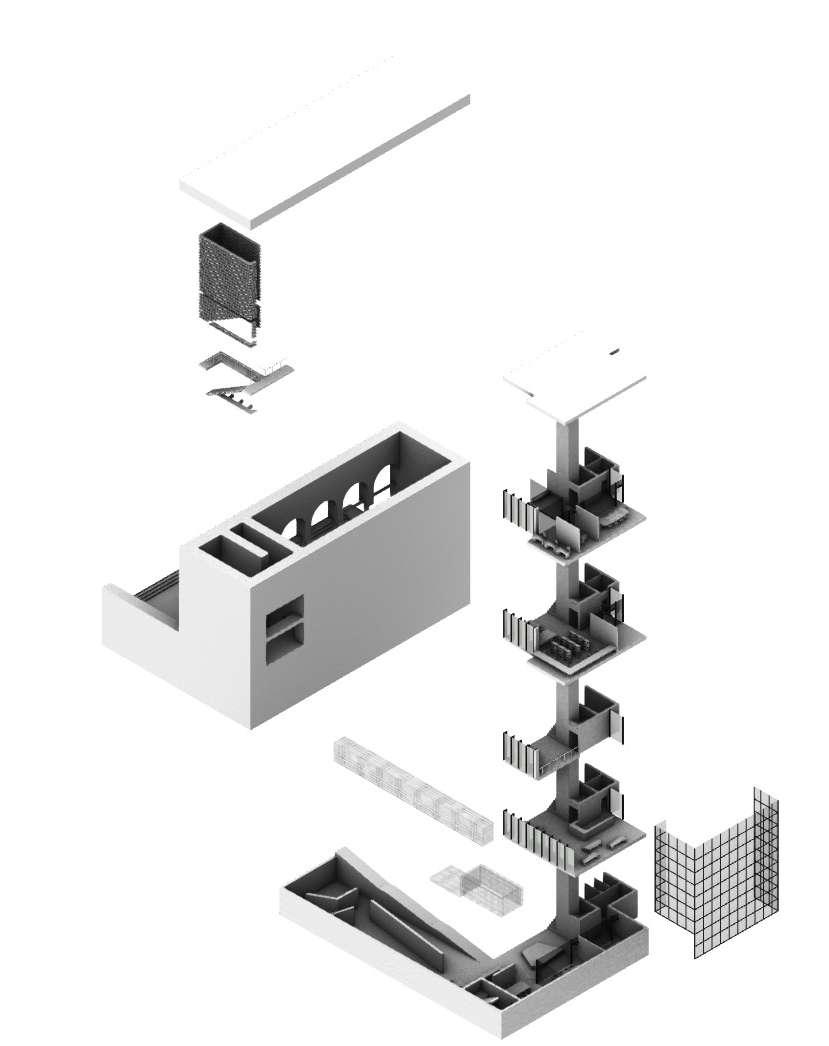
PROPOSED DESIGN







































